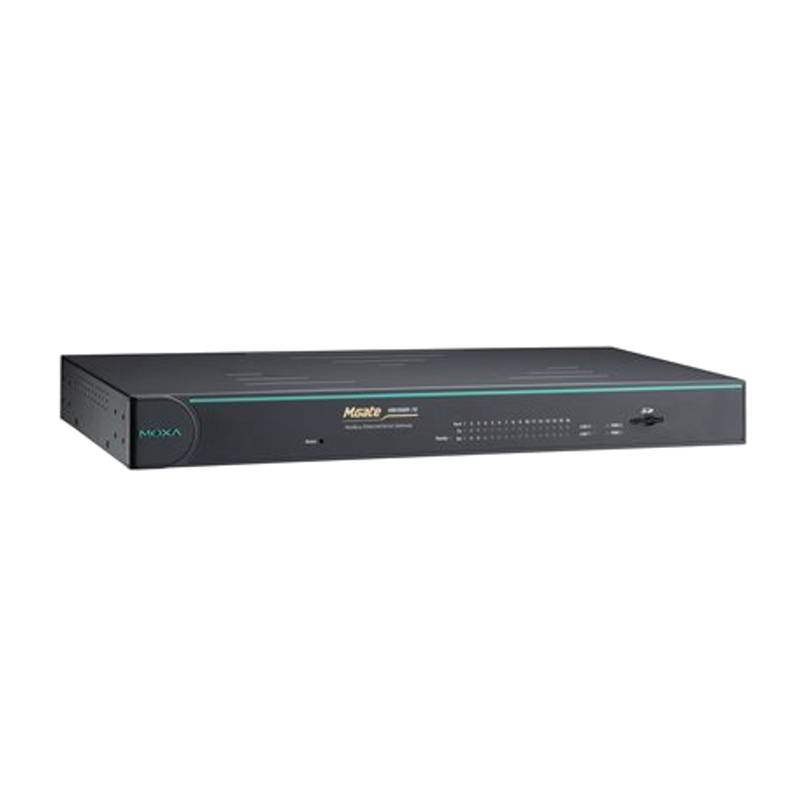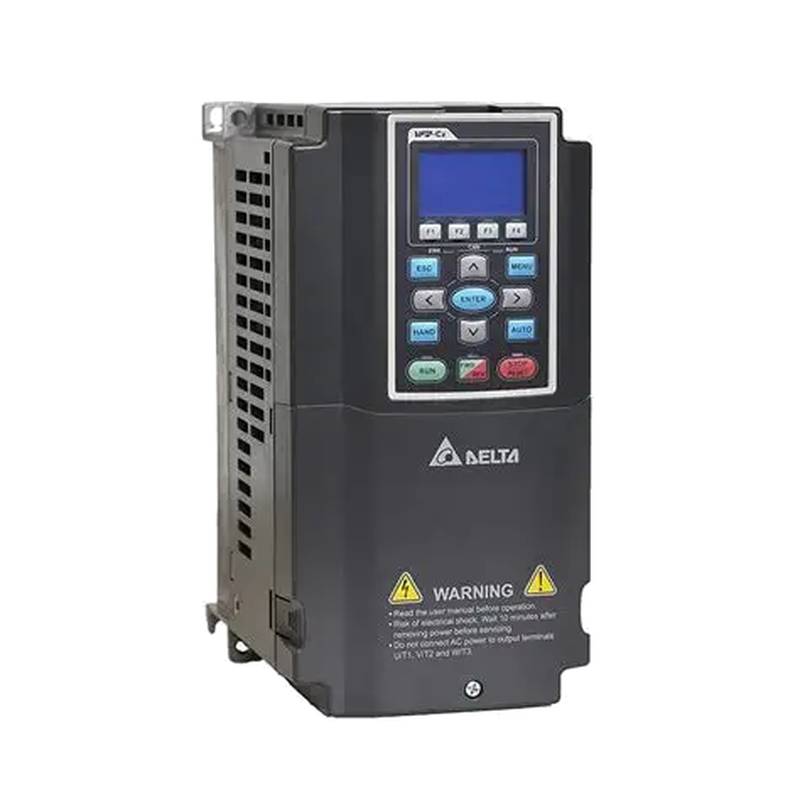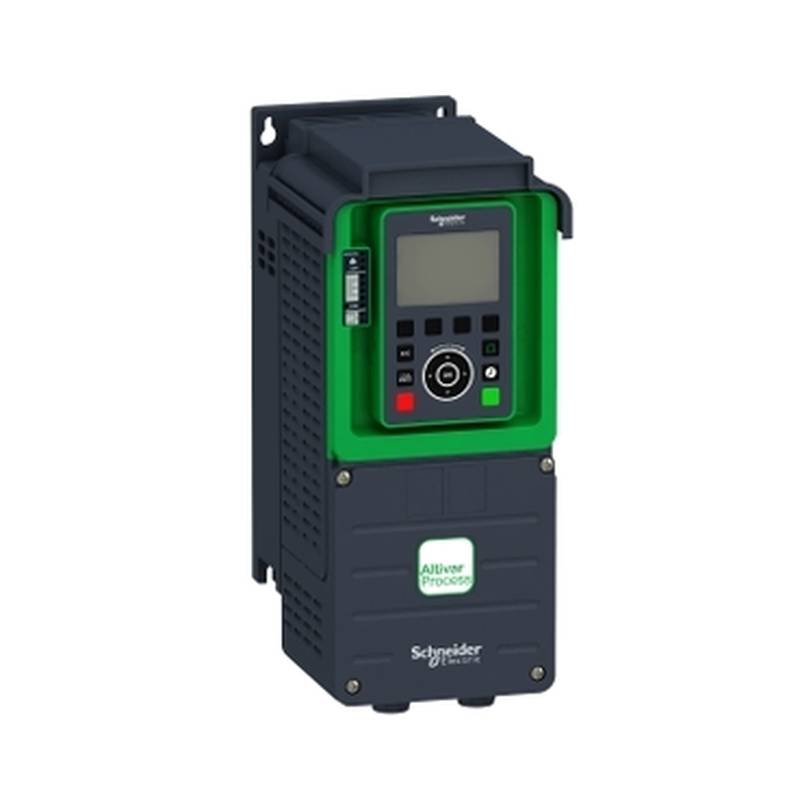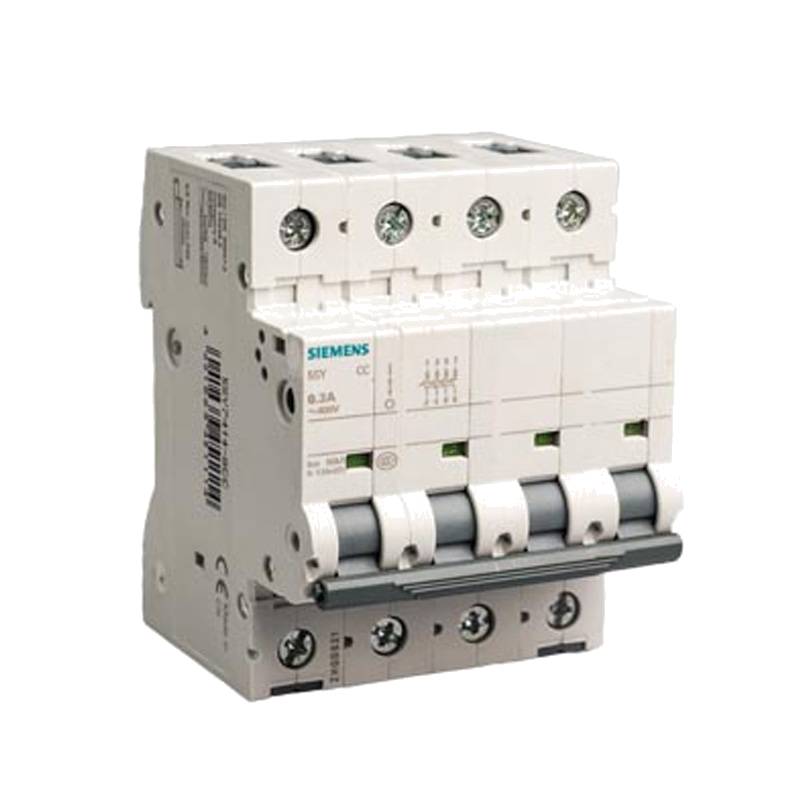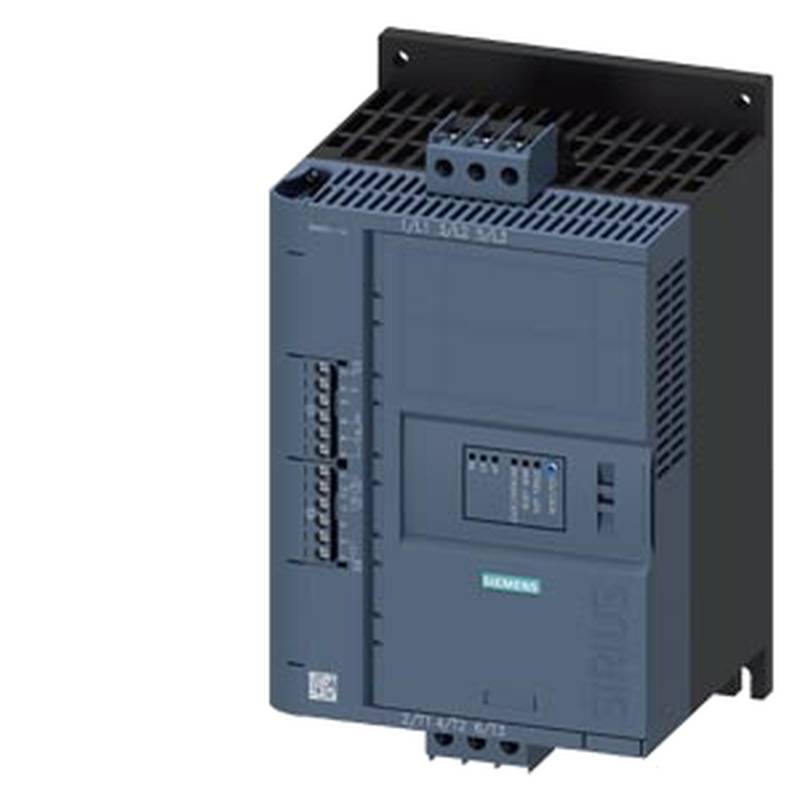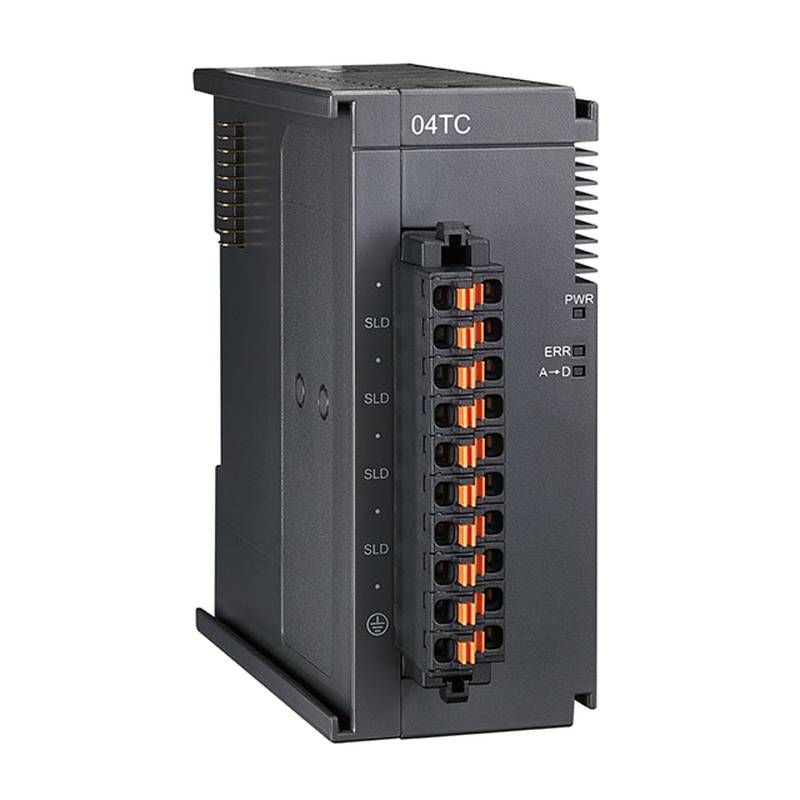
The Moxa MGate MB3660-16-2DC is a robust rackmount protocol conversion gateway designed to bridge Modbus TCP and Modbus serial networks, offering unparalleled flexibility and reliability for industrial automation systems. This gateway boasts 16 Modbus serial ports, supporting both RS-232 and RS-485 configurations, alongside a dual-
Product Specifications
| Feature | Specification |
| :------------------------- | :-------------------------------------------- |
| Ethernet Interface | 1 x 10/100 Mbps Ethernet (RJ45) |
| Serial Ports | 16 x RS-232/485 (DB9) |
| Serial Port Configuration | Selectable RS-232 or RS-485 per port |
| Modbus Protocol Support | Modbus TCP Client/Server, Modbus RTU/ASCII |
| Power Input | 2 x 8-pin 2-wire DC power inputs |
| Power Consumption | Typically 12-24 VDC, 500 mA |
| Operating Temperature | 0 to 55 °C (32 to 131 °F) |
| Dimensions (W x D x H) | 440 x 287 x 44 mm (17.32 x 11.30 x 1.73 in) |
| Mounting | 1U Rackmount |
| LEDs | Power, Status, Ethernet Link/Activity, Serial |
| Mounting | 1U Rackmount |
Core Features & Market Positioning
The Moxa MGate MB3660-16-2DC distinguishes itself through its high port density and flexible serial interface configuration, supporting up to 16 devices on a single gateway. This capability significantly reduces the need for multiple conversion devices, leading to cost savings and simplified network architecture. Its robust hardware design, including dual DC power inputs, ensures high availability and resilience against power failures, a critical factor in industrial settings. The gateway's ability to act as both a Modbus TCP client and server allows for versatile integration strategies, whether it's collecting data from serial devices or providing access to Modbus TCP data for serial clients. This makes the MGate MB3660-16-2DC a strategic choice for modernizing existing infrastructure and implementing efficient industrial communication solutions.
Key Application Scenarios
This gateway is ideally suited for applications requiring the integration of numerous Modbus serial devices into an Ethernet network. Common scenarios include SCADA systems where multiple RTUs or intelligent devices need to be monitored and controlled over Modbus TCP. It is frequently deployed in building automation for integrating HVAC, lighting, and security systems, as well as in the power generation and distribution sector for managing substations and remote monitoring equipment. The 16-port density also makes it an excellent solution for large-scale manufacturing plants or process control facilities where a multitude of sensors and actuators communicate via Modbus serial protocols.
Practical System Integration Guidance
Integrating the Moxa MGate MB3660-16-2DC into an existing network is straightforward. The device is typically configured via a web-based utility or Moxa's powerful Windows utility, "MGate Manager." Initial setup involves assigning an IP address to the gateway and configuring the Modbus TCP settings, such as the listening port and connection mode. For the serial ports, users select the appropriate protocol (RTU or ASCII) and baud rate, parity, and data bits that match the connected serial devices. Wiring involves connecting the Ethernet port to the network switch and the serial ports to the respective Modbus devices using appropriate cabling (DB9 to RS-232 or RS-485). The dual DC power inputs can be connected to separate power sources for redundancy, enhancing system uptime.
Operation and Risk Mitigation
Operating the MGate MB3660-16-2DC involves ensuring stable power supply and proper network connectivity. Regular firmware updates, available from Moxa, are recommended to benefit from performance enhancements and security patches. A common troubleshooting scenario involves verifying serial communication parameters, as mismatches in baud rate, data bits, or parity are frequent causes of communication failure. System administrators should also monitor the gateway's status LEDs and utilize its built-in diagnostic tools to identify potential issues. For risk mitigation, implementing network segmentation and access control can prevent unauthorized access to the gateway and connected devices. Ensuring proper grounding for all connected equipment is also crucial to prevent electrical noise and interference.
Scalability & Long-Term Value
The Moxa MGate MB3660-16-2DC offers significant scalability by consolidating numerous serial devices onto a single Ethernet backbone. This architecture simplifies network expansion, allowing for the addition of more serial devices by simply connecting them to available ports on the gateway. Its compatibility with standard Modbus protocols ensures seamless integration with a wide range of industrial controllers and SCADA systems. Furthermore, the gateway's robust design and Moxa's commitment to ongoing product support provide long-term value, ensuring that the investment remains relevant as industrial communication standards evolve towards IIoT and digital transformation initiatives.
FAQs
What is the primary function of the Moxa MGate MB3660-16-2DC?
The primary function is to convert Modbus serial protocols (RTU/ASCII) to Modbus TCP. It bridges communication between older serial devices and modern Ethernet networks. This allows for centralized monitoring and control of distributed industrial equipment.
This gateway acts as a crucial link in industrial automation, enabling legacy serial devices to participate in IP-based networks. It supports up to 16 serial ports, offering high density for connecting numerous devices efficiently. This simplifies network infrastructure and reduces the need for multiple conversion units.
By facilitating this protocol conversion, the MB3660-16-2DC enhances data accessibility and allows for the integration of serial-based systems into broader SCADA, HMI, and IIoT platforms. Its robust design ensures reliable operation in demanding industrial environments.
How do I configure the serial port settings on the MGate MB3660-16-2DC?
Serial port settings are configured using the MGate Manager utility or the gateway's web interface. You will select the desired protocol (RTU or ASCII) for each port. Common parameters to set include baud rate, data bits, parity, and stop bits.
It is essential that these settings precisely match the communication parameters of the connected serial devices. Incorrect settings are a primary cause of communication failures between the gateway and the attached equipment.
The software interface provides drop-down menus and clear input fields for each parameter, making the configuration process manageable. After setting, ensure you save and apply the changes to the gateway.
What are the advantages of using the dual DC power input feature?
The dual DC power input provides enhanced system reliability and redundancy. By connecting two separate power sources, the gateway can continue to operate if one power supply fails. This is critical for mission-critical industrial applications where downtime is costly.
This feature significantly improves the fault tolerance of the communication infrastructure. It ensures that communication links remain active even during a single power source outage. This minimizes operational disruptions and maintains data flow.
Properly implemented, this redundant power setup contributes to a higher overall availability of the automation system. It is a key consideration for engineers designing robust and resilient industrial networks.
Can the Moxa MGate MB3660-16-2DC connect to both RS-232 and RS-485 devices simultaneously?
Yes, the gateway is designed with flexible serial ports that can be individually configured for either RS-232 or RS-485. Each of the 16 DB9 connectors can be set to operate in one of these serial communication modes.
This allows for a mixed environment where you can connect devices using RS-232 and others using RS-485 on the same gateway. This flexibility is valuable when integrating various types of industrial equipment with different serial interfaces.
When configuring, ensure you use the correct cabling for each type of serial port. RS-232 typically uses a straight-through serial cable, while RS-485 requires a twisted-pair cable for multi-drop communication.
What is the typical Ethernet connection type and speed for this gateway?
The gateway features one 10/100 Mbps Ethernet port with an RJ45 connector. This standard Ethernet interface allows for easy integration into most industrial network infrastructures using common Ethernet cabling.
The dual-speed capability means it can auto-negotiate between 10 Mbps and 100 Mbps, ensuring compatibility with various network devices and speeds. This ensures efficient data transfer without bottlenecks for most industrial communication needs.
This port is used for connecting the gateway to the TCP/IP network, enabling Modbus TCP communication and management of the device through its web interface or network protocols.
How does the MGate MB3660-16-2DC handle Modbus TCP client and server roles?
The gateway can function as a Modbus TCP client, initiating requests to Modbus serial devices configured as servers. It can also act as a Modbus TCP server, allowing Modbus TCP clients on the network to access data from connected Modbus serial devices.
This dual role capability provides significant flexibility in network design. It can be used to poll data from serial devices and present it over TCP, or it can expose serial device data to higher-level control systems acting as a gateway.
The configuration in the management software allows you to define whether the gateway acts as a client, a server, or both, depending on the specific application requirements and network architecture.
What are the physical dimensions and mounting options?
The Moxa MGate MB3660-16-2DC has dimensions of 440 mm (width) x 287 mm (depth) x 44 mm (height). This translates to approximately 17.32 x 11.30 x 1.73 inches.
It is designed in a 1U rackmount form factor, meaning it occupies one standard rack unit of height. This is a common size for network and server equipment, allowing for efficient installation in industrial control cabinets.
This rackmount design facilitates neat and organized installation within standard 19-inch equipment racks, maximizing space utilization and simplifying cabling within the cabinet.
What is the typical power consumption and voltage requirement?
The gateway typically requires a power input voltage between 12 and 24 VDC. The power consumption is usually around 500 mA at these voltages.
It features dual DC power inputs for redundancy. Each input should be connected to a suitable DC power source that meets the voltage and current requirements for reliable operation.
Always refer to the product's official datasheet for precise power consumption figures under various load conditions and specific voltage ranges. This ensures proper power supply selection and configuration.
What industrial environments is this gateway best suited for?
This gateway is well-suited for harsh industrial environments due to its robust design and operating temperature range of 0 to 55 °C (32 to 131 °F). It is built for reliability in control rooms, manufacturing floors, and substations.
Its rackmount form factor makes it ideal for installation in standard industrial cabinets where space is often at a premium. The dual power inputs enhance its suitability for critical operations where power continuity is paramount.
Applications in SCADA, building automation, power management, and process control commonly benefit from the reliable communication and integration capabilities offered by the MB3660-16-2DC.
Where can I find the latest firmware and support documentation for this product?
The latest firmware updates, user manuals, and technical support documentation can be found on the official Moxa website. Navigate to the product support or download section for the MGate MB3660-16-2DC.
Moxa typically provides detailed datasheets, quick start guides, and comprehensive user manuals that cover installation, configuration, troubleshooting, and advanced features. These resources are essential for optimal product usage.
You can also access Moxa's technical support team through their website if you encounter specific issues or require further assistance beyond the available documentation.














